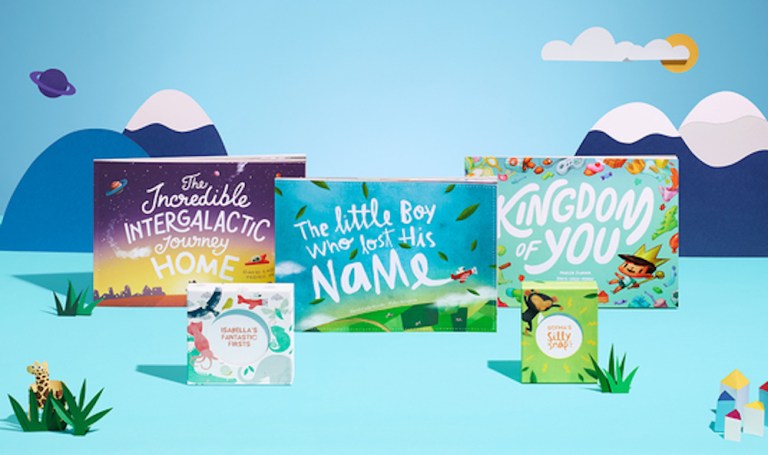
The holiday gift crunch is easily the most stressful time of the year to be a parent. (Unless one is the parent of a high school senior. Those parents know the most stressful time of year is waiting to find out whether one’s offspring got into college.)
For the bulk of the parents worldwide, however, the month or so spent annually figuring out just the right Christmas gifts can represent some harrowing hours. After all, there is no parental fail more painful than the sight of a sad child under the tree.
There are, of course, the cheat codes.
Video game systems, for example, are an easy walk to the win — particularly if one happened to get his or her hands on a Nintendo Switch this year before they went into the ether. But it doesn’t have to be a video game system, as Mastercard’s head of market insights, Sarah Quinlan, told PYMNTS in a recent interview about the holiday shopping trends driving 2017 — anything powered by electricity is probably a fairly good bet.
“Kids don’t want toys,” she told Karen Webster. “They want electronics.”
There is nothing wrong with buying electronics for children, but one might question whether it is the most educationally sound choice, especially given the mounting evidence that looking at screens too long might actually be doing damage to the critical thinking ability of the young.
The instinct for parents is often to try to balance that out by giving thought-provoking gifts, but that isn’t always easy work. Few children are wired to open a present on Christmas morning and said, “Hooray, a learning experience!”
The recent explosion in science, technology, engineering and mathematics (STEM)-focused toys has admittedly made buying enriching items somewhat easier. Typing “STEM toys” into Amazon’s search bar pulls up about 5,000 results, most of which are brightly colored, well-packaged and, in some cases, are even electronic (because it’s never too early to start learning to write computer code).
But kids just want to have fun, particularly during the holiday weeks, and that means dumb toys have a way of winning kids’ affection and attention no matter how many smart toys Santa brings.
But the team at personalized publishing firm Wonderbly — formerly known as Lost My Name — has found a novel solution to get kids engaged with the original smart toy: the book.
A Novel Idea
The small, British tech-meets publishing company is selling books, but of a very unique kind. Wonderbly’s books allow their young readers to become the story’s central character.
Founded in 2012, Wonderbly released its first hit book in 2014, The Little Boy/Girl Who Lost Their Name, a picture book that sends its illustrated main character on a letter gathering adventure that will eventually spell out the reader’s own name. Wonderbly reported it sold 325,000 copies of the book worldwide, making it one of the top-selling picture books of the year. The business has now sold 3 million units, and that original book is still its best seller, accounting for 85 percent of sales.
But Wonderbly has been moving on, and developing more technically advanced products, too. It’s second release, The Incredible Intergalactic Journey Home, actually adds satellite imagery of the child’s home to its conclusion.
Co-founder Asi Sharabi noted it was the “most technically ambitious and expensive picture book ever created.”
Unfortunately, that expense turned out to be a bit of an issue, because though the book sold well, it did not sell quite as well as its predecessor.
“We were naïve and super optimistic, and perhaps this was our innovation vanity,” Sharabi said. “You can call it the second album syndrome, but trying to replicate that original product turned out to be the wrong strategy.”
Inspired by Pixar, Sharabi noted Wonderbly tried to ride on a massive hit every few years. But, without an unlimited budget like Pixar’s allowing a company to spend as much on marketing as on product development, that plan doesn’t work so well. Instead, the firm has changed its model to offer a suite of products.
“We shifted from a hits businesses to a portfolio operation,” he explained. “This takes us much closer to a traditional publishing model.”
What’s Next
Wonderbly may be closer to traditional publishing, but it’s still pretty far from it. After all, it still creates all its own books and sells them directly via its website.
“We are getting faster and better and cheaper in launching a new concept and, as a result, we are seeing 80 percent of customers coming back to buy something new,” Sharabi said.
The firm has also made some changes. Looking to perhaps escape the impressive legacy of its first big hit, Wonderbly rebranded from Lost My Name to it’s current moniker.
“We felt the legacy — the product name also being the company name and the brand — was holding us back,” Sharabi said. “The first product is still doing well, still the bestseller, and there will be a sequel next year. But, it is its own product, not the company.”
Wonderbly also snapped up some funding this summer, to the tune of $8.5 million, and signed a licensing agreement with the Roald Dahl estate allowing the firm to offer its own personalized version of Charlie and the Chocolate Factory for readers.
“Technology and business models scale but creativity doesn’t,” Sharabi said, noting there is little in creativity more scalable than the beloved works of Dahl.